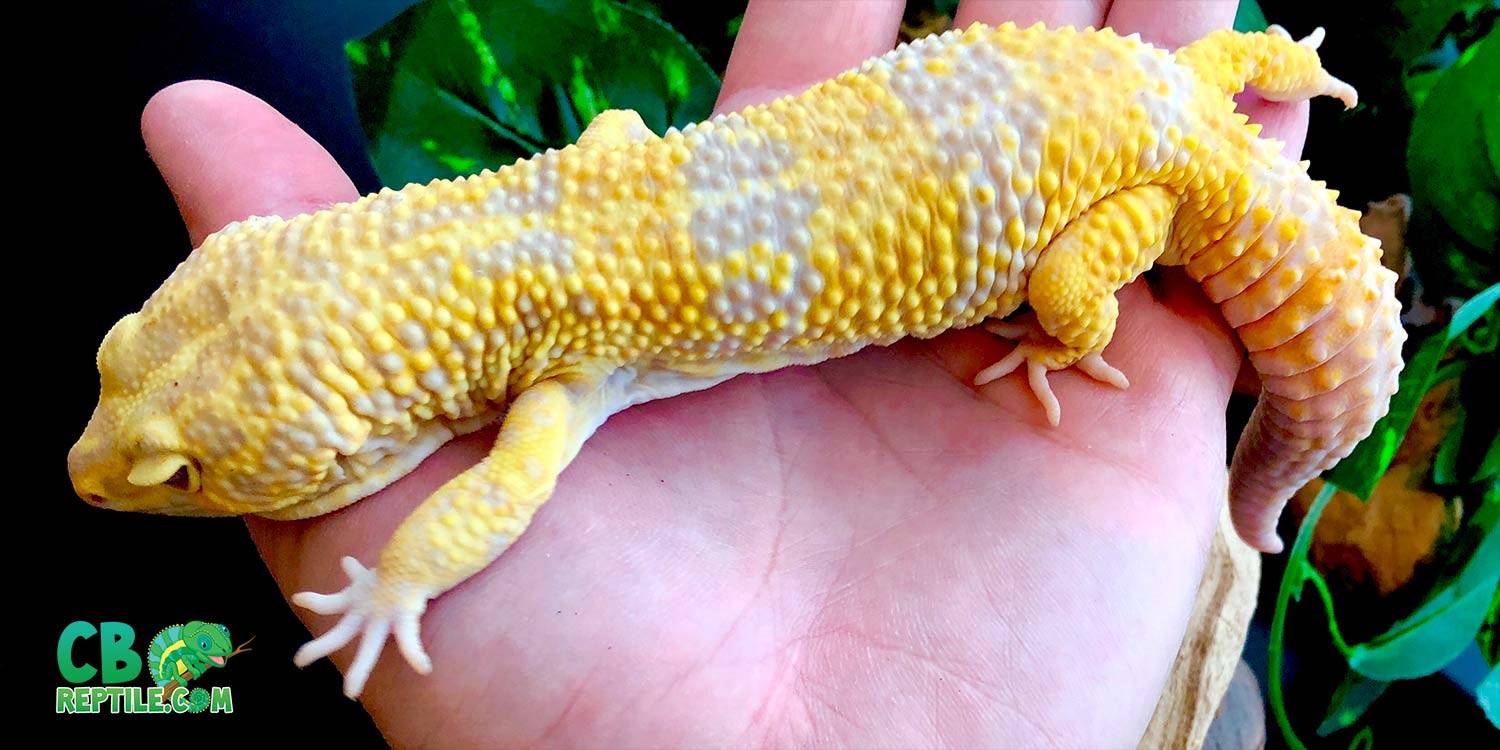

It becomes important to breeders because the unexpressed allele can be passed on, giving the offspring the chance to end up with 2 recessive alleles and to express the recessive trait. Heterozygous: As mentioned above, this refers to a pair of differing alleles. In these cases, breeders have the best results by pairing geckos that are closest to the ideal of what they are trying to produce. Line bred or Polygenetic: Some traits are more complicated and are likely expressed as a result of more than one pair of alleles. A gecko that has 1 copy of the co-dominant allele (“ snow” for example) and 1 copy of a regular dominant allele (normal coloring) will always express the co-dominant trait. By contrast, when the gecko has 2 copies of the “ snow” allele, it hatches silver or charcoal colored, with solid black eyes, and matures to a white gecko with black spots (in contrast to the single copy snow allele where the gecko frequently yellows as it ages). The most common example of this in leopard geckos is the “ snow” trait where the gecko, at hatching, has only black and white coloring (as opposed to the black and yellow coloring of the non-snow gecko). Usually the 2-copy-allele will be referred to as the “ super” form of the single copy allele. In the example above, the albino trait is recessive and, unless the gecko has 2 alleles for albinism, it will never show up visually in the gecko although the gecko does possess the genes for albinism.Ĭo-dominant: Sometimes it will make a difference whether the gecko has 1 or 2 dominant alleles for a trait. This is a trait which, when paired with its dominant counterpart, will never show up visually on the gecko. Recessive: The opposite of “ dominant” is “ recessive”. A gecko that has 1 dominant allele (with the other being recessive) will not look any different from a gecko that has 2 dominant alleles for a trait. A gecko that received the black coloring (normal) trait from one parent and an albino trait from the other parent will always show the black coloring and will never look albino, even though it has an allele for albinism. For example, the trait that produces black coloring in leopard geckos is dominant over the trait that fails to produce black coloring (known as “ albino” in leopard gecko genetics). A “ dominant” trait is the one that prevails. So how do you know what the leopard gecko will look like? Here’s the key:ĭominant: Most traits are either/or possibilities. When the gecko has 2 of the same allele, it is considered to be “ homozygous” for that trait if the alleles for the trait are different from each other, the gecko is considered to be “ heterozygous” for that trait. Speaking specifically about leopard geckos (though this is true of all vertebrates), for each trait, such as pattern, color, size and body proportion, a gecko’s pair of alleles will either be 2 of the same or 2 different ones. Genetics is the study of how the pairs of traits interact, are expressed and are transmitted. Consequently, each creature has a pair of alleles for many of its hereditary traits, one from each parent. This article will provide some very basic information to get the beginner started and will illustrate how the genetics are expressed through a real-life example: a pair of leopard geckos I am breeding and the first 6 offspring they have produced.Īll vertebrates that reproduce through the union of two parents receive genetic material (called “ genes” or “ alleles”) from each parent. The best way to learn is to read about basic genetics and to then learn about the genetic possibilities for the gecko species that most interests the breeder. An understanding of genetics means that the breeder is familiar with terms such as “ dominant”, “ recessive”, “ homo/hetero-zygous”,” polygenetic“, that he or she knows the possible outcomes of the reptile pairings and can also plan for specific outcomes. In addition, the only way to make a positive contribution to herpetoculture requires the ability to provide the genetic history of the animal he or she produces. A successful reptile breeder, in addition to knowing the mechanics of breeding and caring for hatchlings, must also understand basic genetics in order to plan and execute reptile pairings.


 0 kommentar(er)
0 kommentar(er)
